Hey guys,
Here is my controller;
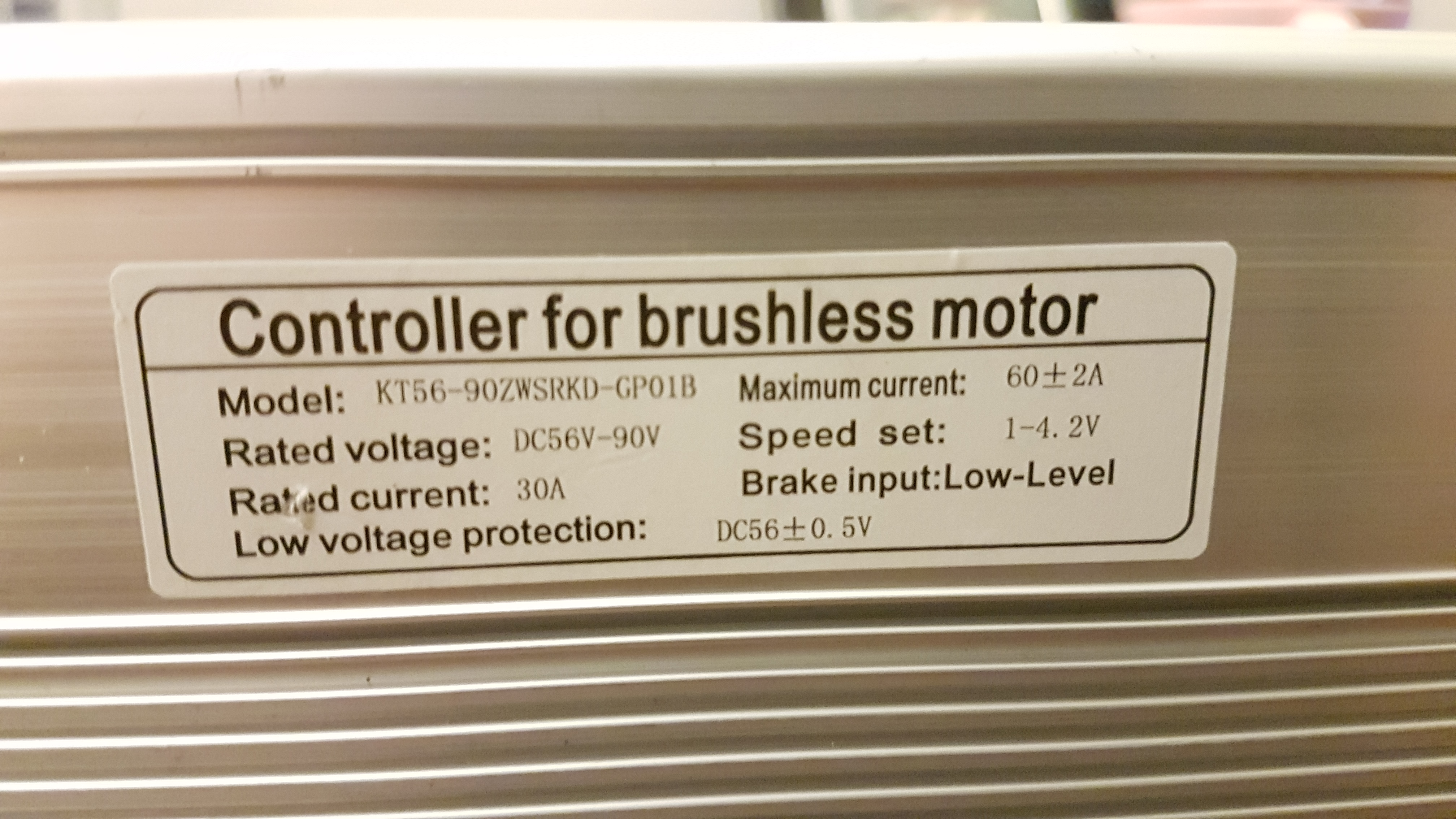
https://i.ibb.co/5TJ582k/20210108-211419.jpg
It is a pretty big controller and am hoping to increase current to about 120A from the original 60.
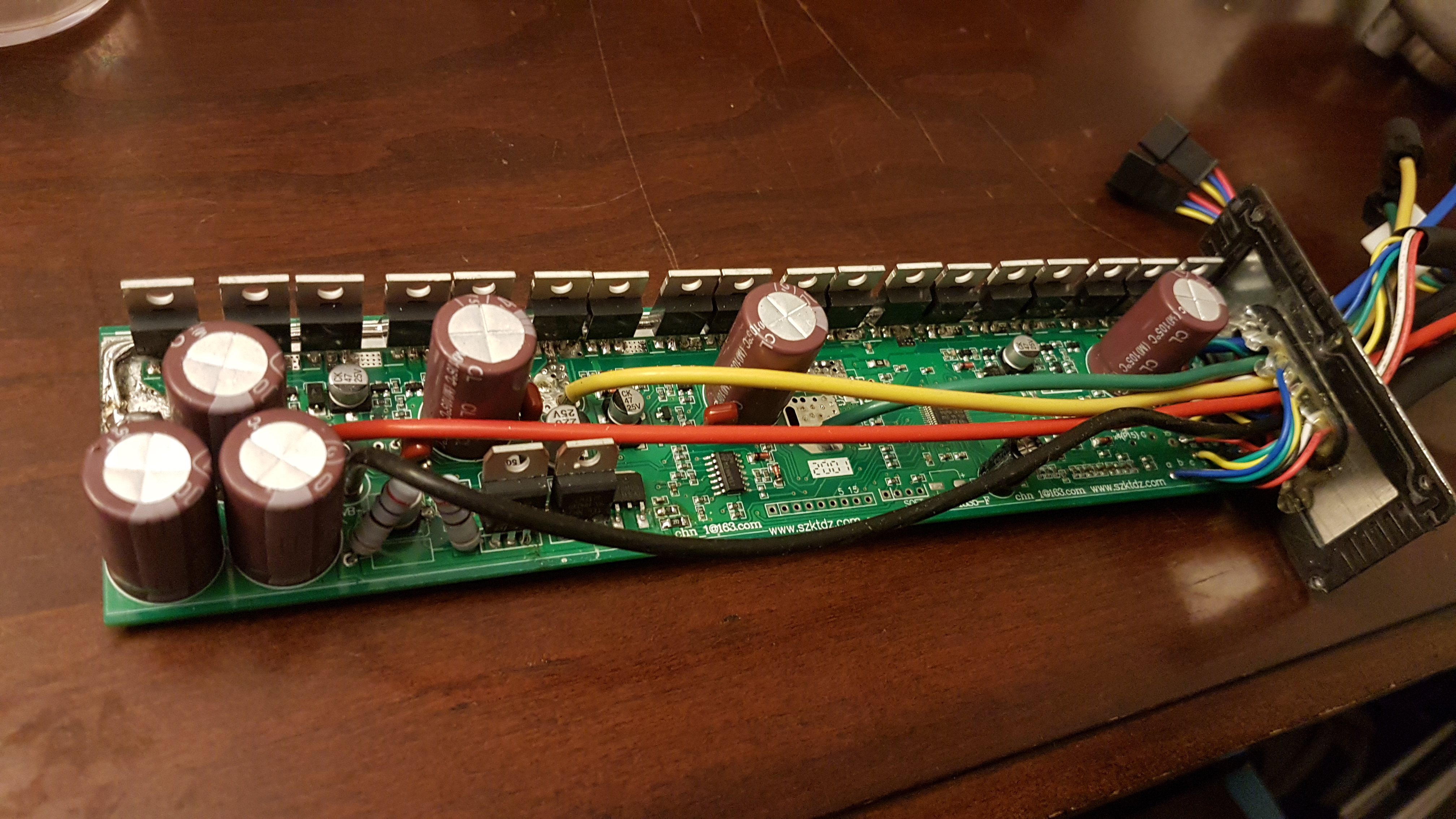
https://i.ibb.co/n09rzM5/20210108-211435.jpg
My understanding is to "beef the traces" which I believe means anything underneath that has is connects the fets to the phase wires and battery terminals underneath, add solder and/or copper wire? It really looks like there's a lot of room to add solder here, it looks pretty bare.
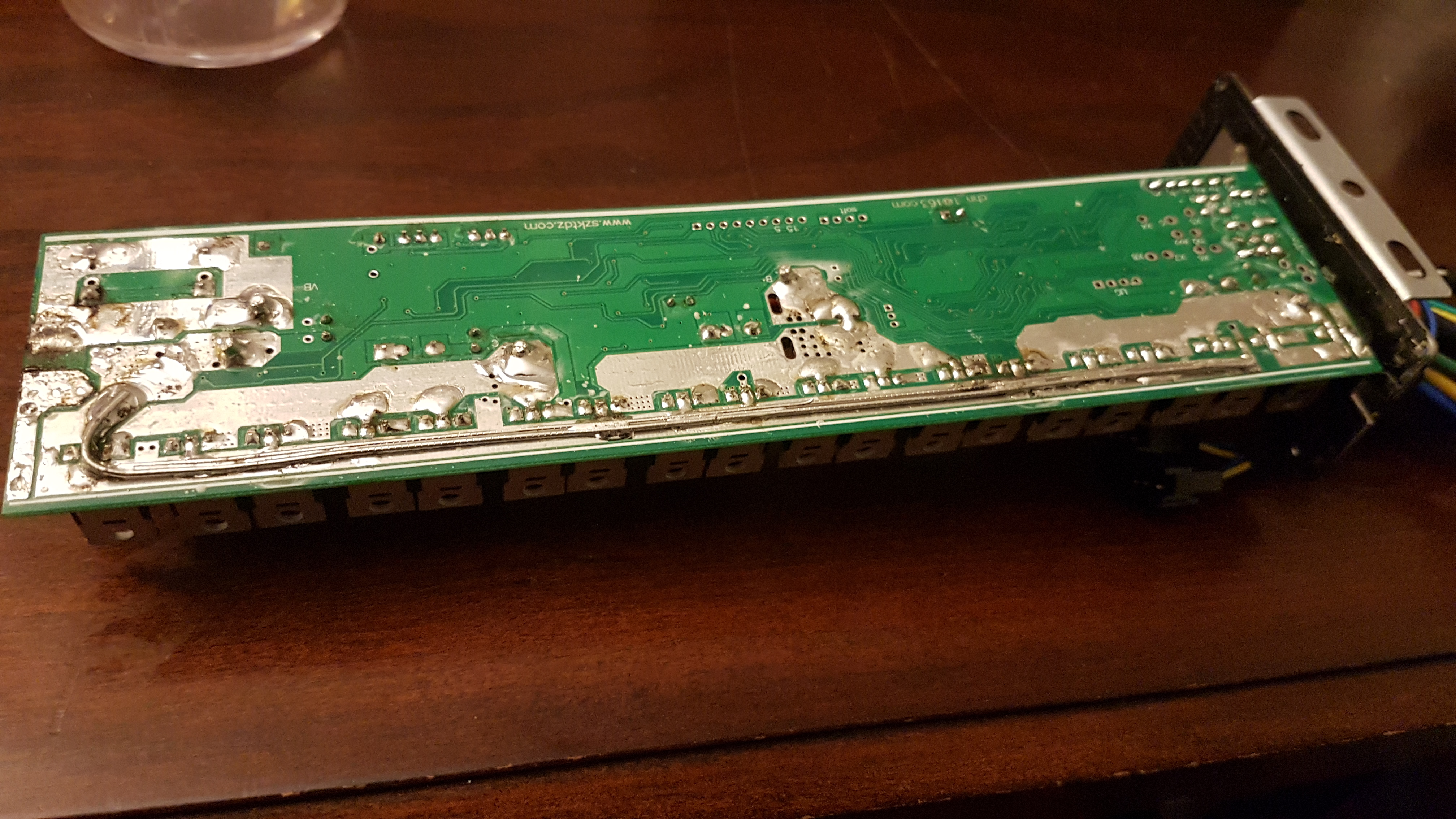
https://i.ibb.co/zx5FNQJ/20210108-211547.jpg
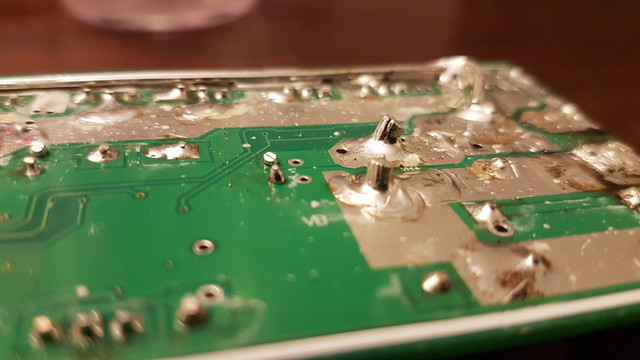
https://i.ibb.co/SV4m1H8/20210108-211910.jpg
Also, add solder to the shunt, here is my current solder job to the shunt, how does this look right now, for 120A ? (I know it will have to be tested but just want to see)
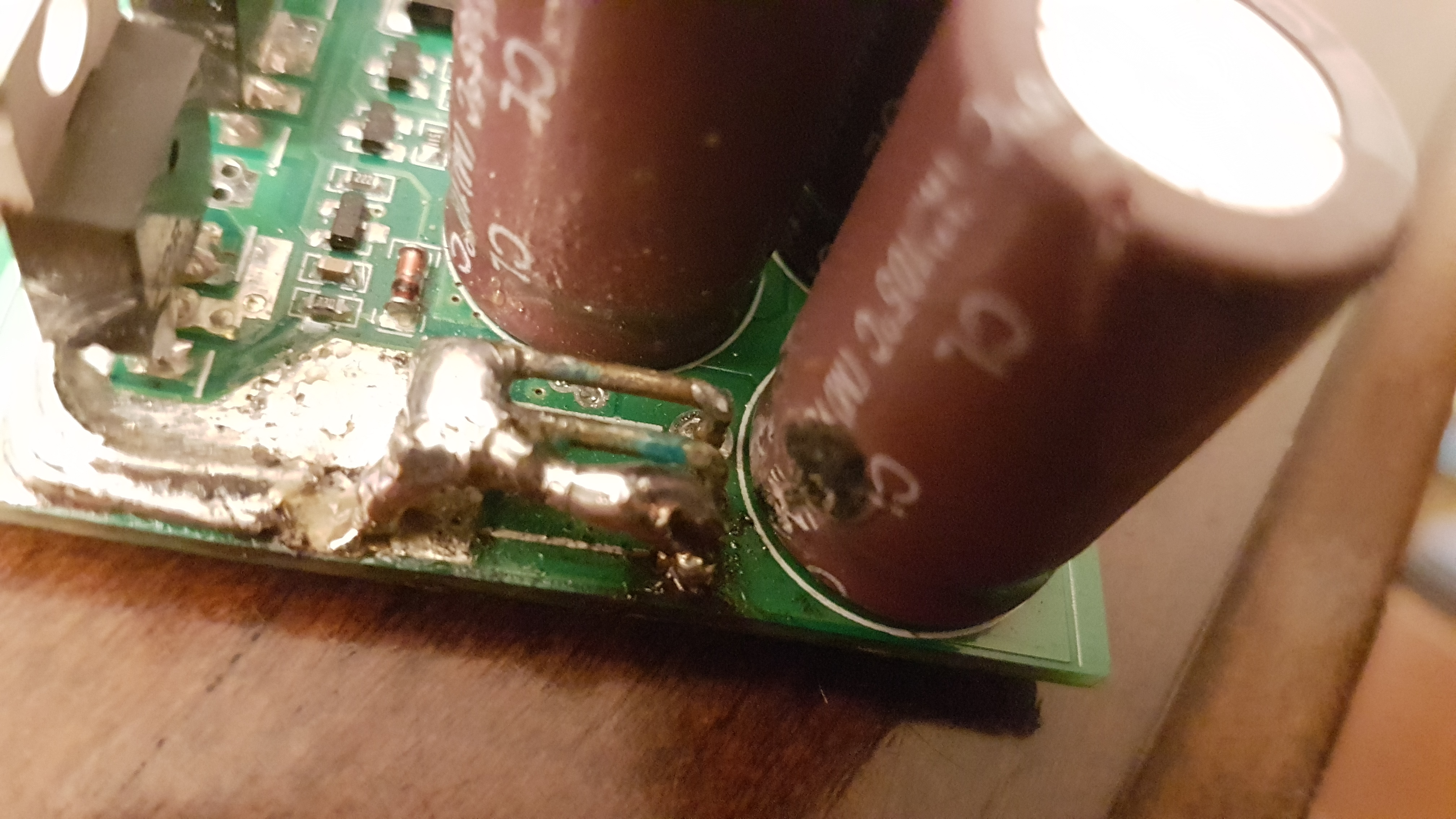
https://i.ibb.co/GskX3q1/20210108-211506.jpg
The capacitor in this picture looks burned, it looked that way when I opened it up.
This is a Square Wave Controller I'm told.
Any other advice here for power modifications? I'm sure there are plenty of threads here about this, but I typed in a few obvious keywords about this controller which I know is pretty common and didn't see anything pop up.
Thank you in advance!
Here is my controller;

https://i.ibb.co/5TJ582k/20210108-211419.jpg
It is a pretty big controller and am hoping to increase current to about 120A from the original 60.

https://i.ibb.co/n09rzM5/20210108-211435.jpg
My understanding is to "beef the traces" which I believe means anything underneath that has is connects the fets to the phase wires and battery terminals underneath, add solder and/or copper wire? It really looks like there's a lot of room to add solder here, it looks pretty bare.

https://i.ibb.co/zx5FNQJ/20210108-211547.jpg

https://i.ibb.co/SV4m1H8/20210108-211910.jpg
Also, add solder to the shunt, here is my current solder job to the shunt, how does this look right now, for 120A ? (I know it will have to be tested but just want to see)

https://i.ibb.co/GskX3q1/20210108-211506.jpg
The capacitor in this picture looks burned, it looked that way when I opened it up.
This is a Square Wave Controller I'm told.
Any other advice here for power modifications? I'm sure there are plenty of threads here about this, but I typed in a few obvious keywords about this controller which I know is pretty common and didn't see anything pop up.
Thank you in advance!

